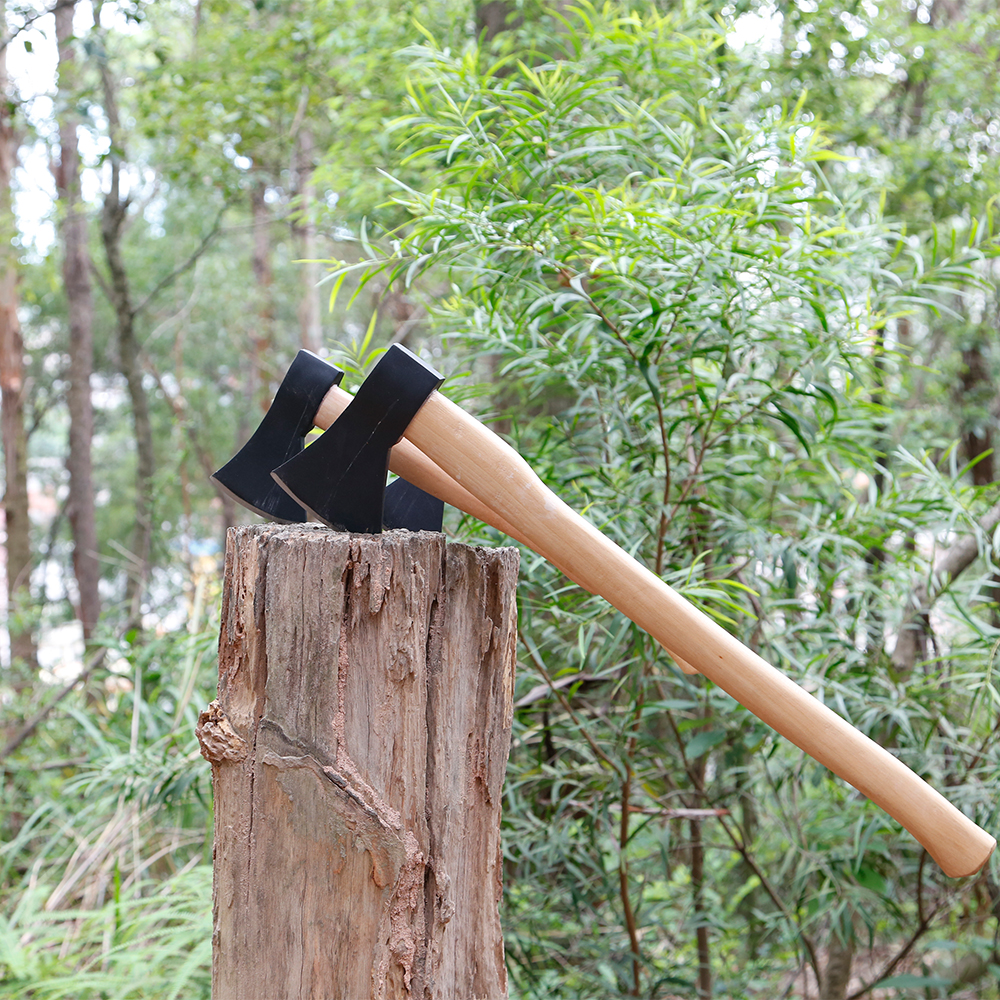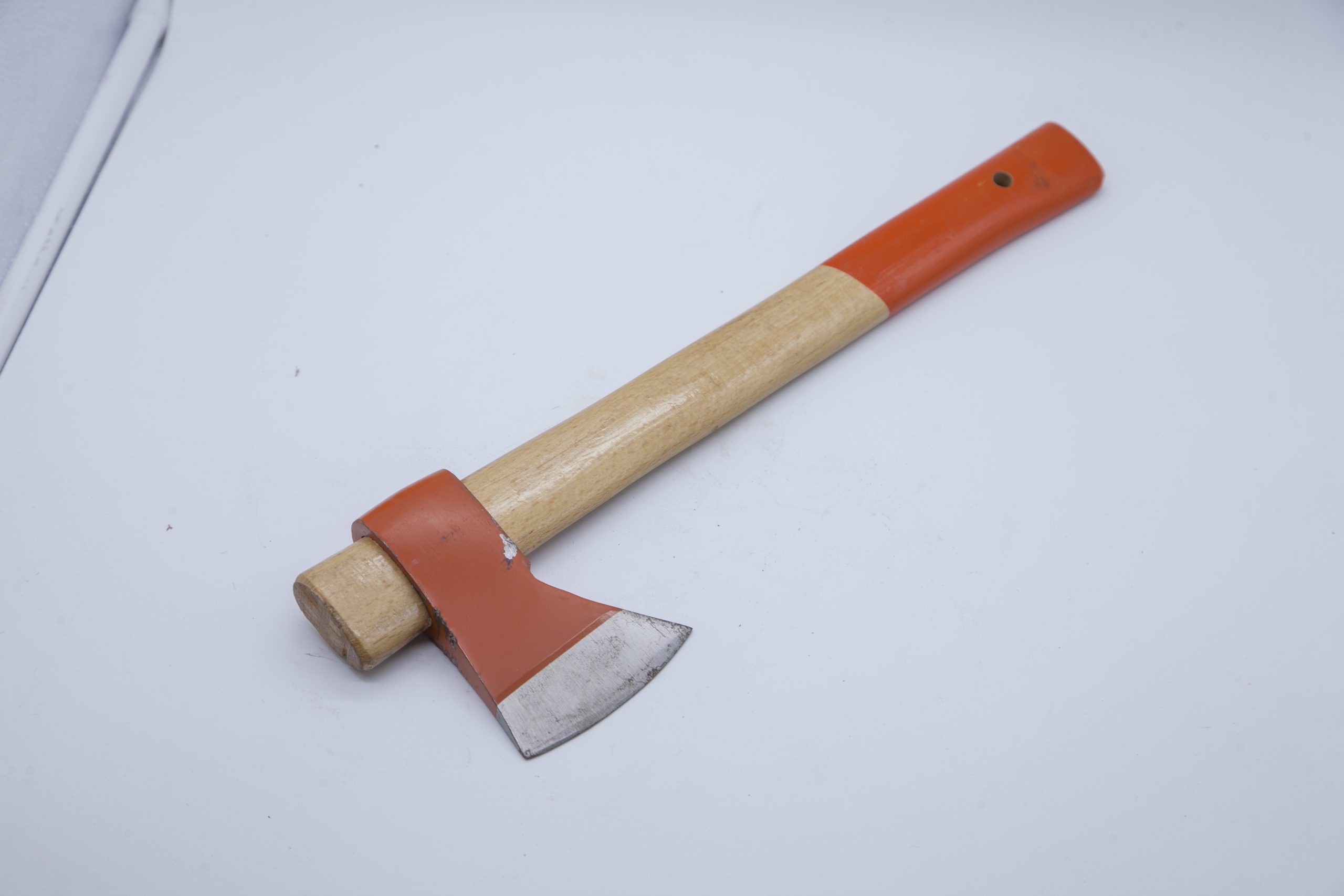Ergonomic wooden tool handle design is rooted in the science of human anatomy, biomechanics, and user comfort. Creating handles that fit the natural contours of the hand and promote efficient tool use involves a deep understanding of how the human body interacts with tools. Here’s a look at the science behind ergonomic wooden tool handle design:
1. Anthropometry: Anthropometry is the measurement of the human body and its dimensions. Ergonomic handle design considers factors such as hand size, finger length, and grip strength to create handles that accommodate a wide range of users.
2. Biomechanics: Biomechanics studies the forces and movements exerted by the human body. Ergonomic handles are designed to minimize strain and stress on the hand, wrist, and arm. The handle’s shape, contours, and materials are carefully chosen to optimize biomechanical efficiency during tool use.
3. Grip Patterns: Research on grip patterns has led to the understanding that different tasks require specific grip orientations. Ergonomic handles are designed to accommodate various grip patterns, including power grip, precision grip, and pinch grip, to ensure comfort and control.
4. Neutral Wrist Posture: Maintaining a neutral wrist posture reduces the risk of strain and discomfort. Ergonomic handles are designed to align the wrist in a natural, neutral position, minimizing the bending or twisting of the wrist during tool use.
5. Force Distribution: Ergonomic handles distribute forces evenly across the hand, reducing pressure points and preventing localized discomfort. This is achieved through contours that match the hand’s natural shape.
6. Vibration Damping: Tools often produce vibrations that can lead to fatigue and discomfort. Ergonomic handles may incorporate materials or designs that dampen vibrations, enhancing user comfort during prolonged use.
7. Finger Grooves and Ridges: Ergonomic handles feature strategically placed finger grooves, ridges, or texturing to improve grip and prevent slippage. These features promote a secure hold without excessive clenching.
8. Materials and Texture: The choice of wood and handle texture plays a role in ergonomic design. Handles may be coated or shaped to provide a non-slip grip and reduce the risk of blisters.
9. User Feedback and Testing: Ergonomic handle designs are often refined through user feedback and testing. Observing how users interact with tools and collecting their input helps create handles that meet real-world needs.
10. Tool Balance: Balancing the weight of the tool with the handle design contributes to ergonomic comfort. Handles are designed to provide optimal leverage and control while minimizing strain.
11. Task Analysis: Understanding the specific tasks for which a tool will be used is crucial. Ergonomic handle design considers the range of motions and forces required for each task to create handles that facilitate efficient and comfortable tool use.
12. Continuous Improvement: Ergonomic handle design is an ongoing process that evolves with new insights from fields such as kinesiology, biomechanics, and user experience. Manufacturers continually seek ways to improve handle designs for enhanced user comfort and performance.
Ergonomic wooden tool handle design is a multidisciplinary approach that combines insights from anatomy, physiology, engineering, and user feedback. By applying scientific principles, manufacturers can create handles that not only look aesthetically pleasing but also contribute to user well-being and efficient tool use.


